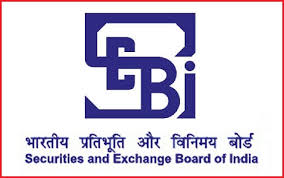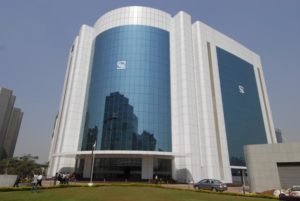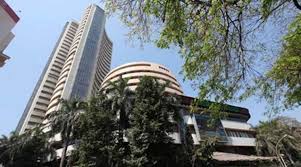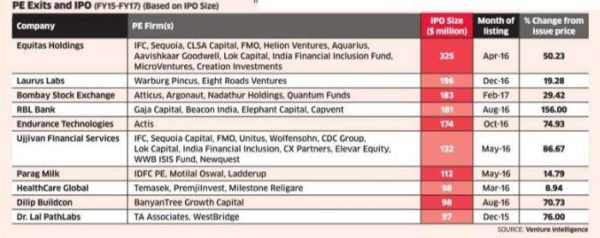 According to SEBI data, the total value of P-note investments in Indian markets – equity, debt, and derivatives – increased to ₹1,52,243 crore at December-end from ₹1,28,639 crore at the end of November.
According to SEBI data, the total value of P-note investments in Indian markets – equity, debt, and derivatives – increased to ₹1,52,243 crore at December-end from ₹1,28,639 crore at the end of November.
Investments in domestic capital markets through participatory notes (P-notes) surged to a six-month high of over ₹1.5 lakh crore at December-end despite stringent norms put in place by regulator SEBI to check their misuse.
P-notes are issued by registered foreign portfolio investors to overseas investors who wish to be part of Indian stock markets without registering themselves directly. They, however, need to go through a proper due diligence process.
According to SEBI data, the total value of P-note investments in Indian markets – equity, debt, and derivatives – increased to ₹1,52,243 crore at December-end from ₹1,28,639 crore at the end of November.
This is the highest level since June when the cumulative value of such investments stood at ₹1.65 lakh crore.
Of the total investments in November, P-note holdings in equities were at ₹1.2 lakh crore and the remaining in debt and derivatives markets.
Besides, the quantum of FPI investments via P-notes surged to 4.6% during the period under review from 4% in the preceding month.
Prior to the recent surge, P-note investments were on a decline since June and hit an over eight-year low in September. However, these investments slightly rose in October but fell in November.
These declines could be attributed to several measures taken by markets regulator Sebi to stop the misuse of the controversy-ridden participatory notes.
In July, SEBI notified stricter P-notes norms stipulating a fee of $1,000 that would be levied on each instrument to check any misuse for channelising black money.
Also, SEBI prohibited FPIs from issuing such notes where the underlying asset is a derivative, except those which are used for hedging purposes.
The move was a follow-through of the SEBI board’s approval of a relevant proposal in June. These measures were an outcome of a slew of other steps taken by the regulator in the recent past.
In April, SEBI had barred resident Indians, NRIs and entities owned by them from making the investment through P- notes.
The decision was part of efforts to strengthen the regulatory framework for P-notes, which have been long seen as being possibly misused for routing black money from abroad.





